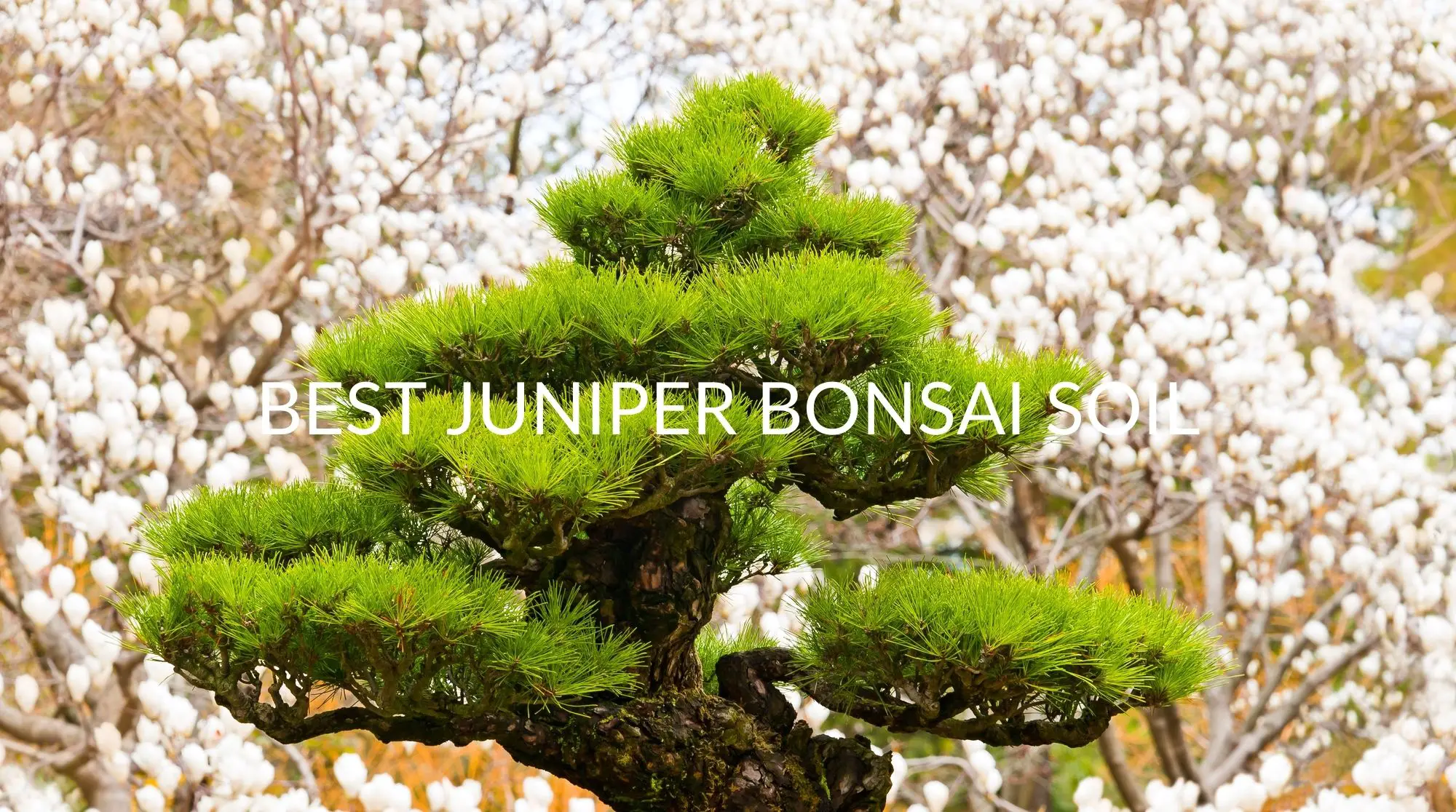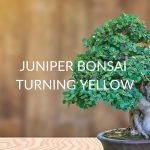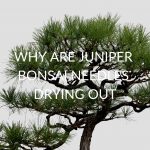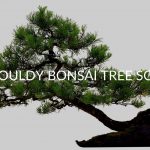Juniper Bonsai is a special kind of plant that has miraculous resistance properties to harsh environmental changes and conditions. However, to attain this, the plant needs a special soil to grow in with properties such as aeration ability, drainage of excess water, and sufficient water retention.
The best Juniper Bonsai soil is inorganic soil, as this can easily drain water and prevent turgidity. On the contrary, organic soils withhold water and damage plants. The article below tells more about the best type of Juniper Bonsai soil and the proper care of the plant. Read on to know more!
What Kind of Soil Does a Juniper Bonsai Like?
Juniper Bonsai come in a wide variety of trees of which the growth and survival are majorly dependent on the soil quality. The higher the quality of soil provided to the plant, the better it will grow. The preferable soils properties to grow the plant are mentioned below:
- Water retention: Juniper Bonsai prefer soils with water-holding ability. This means enough water is available for storage, consumption, and evaporation. Such soils prevent dehydration and thus wilting the plant. Overly dry soils are not appropriate for root growth and replenishment.
- Fertilizer: The plant does not have excessive demands for fertilizers. However, once a month, slow-release fertilizers can be added in seasons of active growth. To make vigorous growth possible, weekly fertilizers can be added but only during spring. Fertilization should be avoided during the winter months. Also, after repotting, fertilization should be avoided for at least a month.
- Humidity and Temperature: Bonsais can tolerate very low temperatures, as low as 10 degrees Fahrenheit. They can’t tolerate high levels of humidity and hence need exposure to fresh air regularly.
- Aeration: Bonsais need soils that don’t block the flow of air or oxygen, which is a major constituent of fresh air. Tightly packed soil particles prevent air from entering the soil and reaching the roots. Excessive clay-like soil can block aeration and, therefore should not be used for Juniper Bonsai.
Can You Use Potting Soil for Juniper Bonsai?
Regular potting soil is not suitable for growing Juniper Bonsai for the following reasons:
- Drainage: Regular soil tends to hold on to the water for long periods as the water helps the plant grow well and carry out its regular processes. For Juniper Bonsai, this excessive retention is not suitable as the roots can get damaged. This makes the plant’s survival almost impossible due to waterlogging.
- Moisture uptake: Organic soil tends to absorb water and hold it. This makes the limited water unavailable to the plant, leading to dehydration and plant death.
- Gas exchange: Regular air exposure and the gas exchange that follows make it possible for the Juniper Bonsai to survive. In potting soil, the exchange is blocked due to the dense soil layers that the roots are under, leading to the plant’s ultimate death.
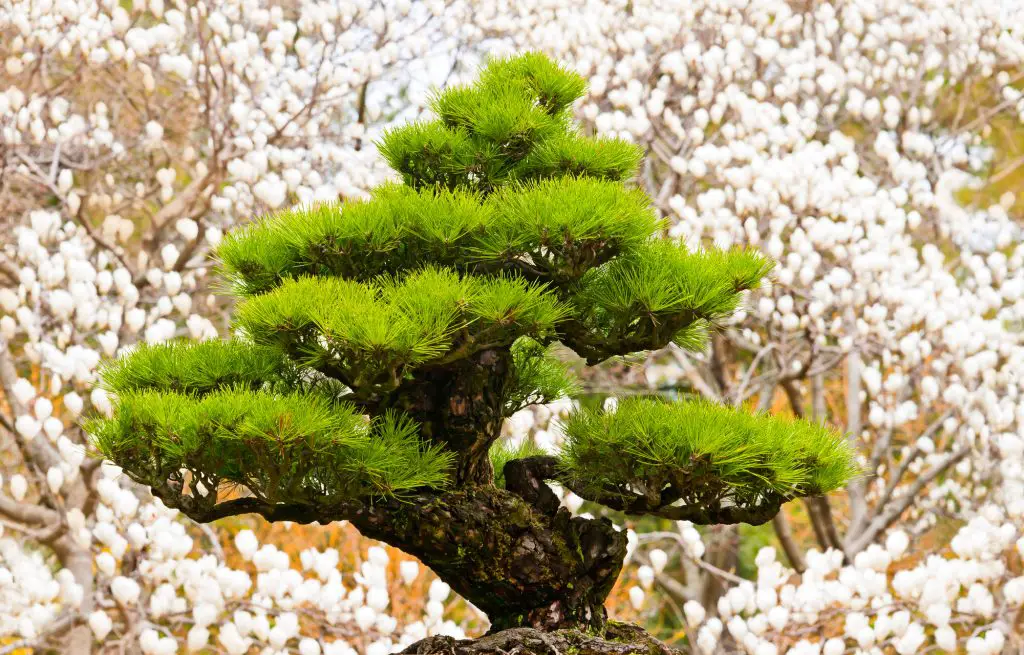
What Is The Best Type Of Soil For Juniper Bonsai?
The best type of soil for Juniper Bonsai is the classic mix of Akadama, Pumice, and Lava rock. The percentage mix of each component in the soil varies according to the specie of Juniper Bonsai. Generally, this mix of soil ingredients allows the roots to be aerated regularly, i.e., fresh air containing oxygen reaches the roots. Additionally, water is also able to reach the roots in amounts the plant needs. The soil’s ability to loosely hold on to these factors means the plants can grow and thrive with healthy roots without overdoing anything.
Akadama is a bonsai soil used for almost all species of Bonsai trees. It has excellent water retention ability and drains well, preventing unwanted accumulation. Akadama works specifically well for Japanese Maples and most deciduous trees, as well as pines and coniferous trees. The properties of Akadama are affected by the region of its use. Users in Northern Europe have reported Akadama to not be suitable for Juniper growth in that region.
Pumice used for Bonsai soil is a porous volcanic rock and is light in weight. These properties allow the rock to retain water and be used as a Bonsai soil ingredient. Lava rock is also a regular Bonsai soil ingredient. It has the same porous properties with the ability to withhold water and make it available for the roots. Additionally, the rough exterior of the rock helps make the Bonsais roots finer with constant contact. Both these rocks are exceptionally hard and constitute the dry soil component.
What Is The Best Type Of Soil Mix For Juniper Bonsai?
The majority of Bonsais fall under two inorganic categories, the Deciduous mix and the Coniferous mix. Both require soil in different proportions of components and are mentioned below:
- Broadleaf and Deciduous mix: For the mix of deciduous trees such as maples and elms, the soil needs Akadama, Pumice, and Lava rock in the ratios 50:25:25, respectively.
- Coniferous: For mixes with coniferous trees such as pines and junipers, the soil needs Akadama, Pumice, and Lava rock in the ratios 33: 33: 33, respectively.
Organic soils like bark or peat tend to hold on to excess water. For this reason, the use of organic soil is being avoided more and more, and the focus is shifting towards inorganic mixes.
Juniper Bonsai Soil Recipe
The soil recipe generally recommended uses ½ cup decomposite granite for each 5-gallon mix, ½ cup horticulture charcoal for each 5-gallon mix, 1 portion of Akadama, 1 portion of pumice, and 1 portion of lava rock. The ingredients need to be sized, not too big, and not too fine. They need to be checked for purity and dried well before use. Pumice should be used as the bottom layer in potting plants.
The working of this soil recipe depends on the region of plant growth and the timely addition of organic fertilizers. During winter, a thin moss layer should be placed on the soil top. This will allow watering to be done well without moving the soil. The amount of moss used varies according to the region experiencing the cold weather and the amounts of water given to the plant. This recipe is well suited to Junipers in North America.
Some Bonsais can also survive well in a mixture of cat litter and tree bark that has been chopped up. For trees surviving on high acidic soils, Sphagnum peat is well suited as a soil component. For highly basic soils, lava pebbles help to grow the plant and help it survive. Small trees with easy water retention use a mixture of soil (80%) and lava pebbles (20%) for drainage.
FAQs:
Is Akadama Soil Good for Juniper Bonsai?
Akadama is excellent for Juniper Bonsai. However, some people believe there are better alternatives available. The suitability of Akadama depends highly on how the soil is used and for what plant. The amount you spend on the soil and your geographic location also affect Akadamas working.
Is Cactus Soil Good for Juniper Bonsai?
Cactus soil is safe to use for Bonsai due to its ability to retain water and highly porous structure. The cactus soil does not break down easily, nor is it highly dense. It consists of inorganic components that make it easy for Junipers to grow.
Recap
Juniper Bonsai is a special plant that has survival abilities. This makes it suitable for several places and is also aesthetically pleasing to look at. The right soil temperatures and properties are a must to help the plant thrive.
Before purchasing the plant, you should go over its requirements for growth and make sure your environment matches these for optimal thriving. Once you have purchased, give the plant your time and energy and watch it flourish!

